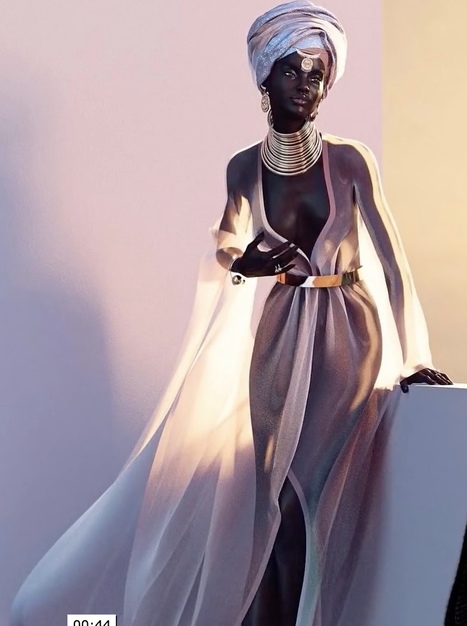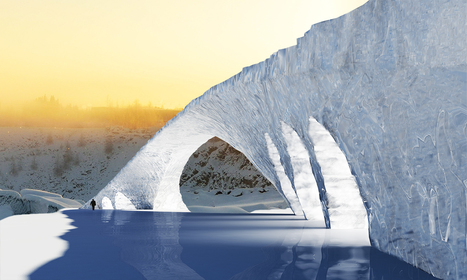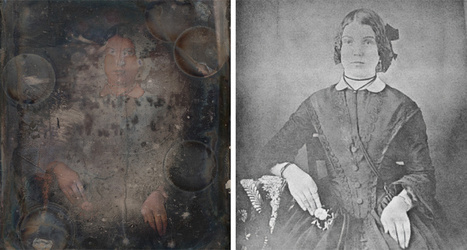Some of the most eye-catching and spontaneously interesting fashion models popular today have a secret — they may not be human at all. Advances in computer illustration and photography have made virtual high fashion models a super trend. Can you tell them apart from people?
Avant-garde stylists are exploring this creative intersection of life + art. These digital personalities are rising in the fashion world’s spotlight.
Virtual software from Clo co. makes modeling fabrics and textures fast and efficient, with life-like effects rendering images that are indistinguishable from actual surfaces like garments and skin.
Meanwhile, fashion industry think tank Looklet co. has breakthrough software that helps designers photograph and digital create modular sections of garments, then mix + match them virtually.
Further reading:
- Vogue | Numerous questions around the rise of CGI models and influencers
deck: The virtual reality model debate. - Vogue | How artificial intelligence will influence the future of fashion
deck: In the post-material world. - the Washington Post | Soon the most beautiful people in the world may no longer be human
deck: title - Pen | Who is the mysterious Japanese artificial Instagrammer hanging out with French rapper Orelsan?
deck: Perl is a model and virtual influencer. - Cosmopolitan | Those crazy-realistic robot models taking over your Instagram feed — here’s why they look so human
deck: An exclusive glimpse at how digital influencers get made. - Harper’s Bazaar | People can’t tell if this Fenty model is real or fake
deck: Shudu is the science fiction creation of photographer Cameron-James Wilson - Time | list: the 25 most influential people on the internet
deck: no. 22 — Miquela - WWD | Shudu: fashion’s first avatar super-model
deck: She can’t talk or predict your favorite new product, but don’t under-estimate her power. - the Cut | Body con job
deck: Miquela Sousa has over 1 million followers, but she isn’t real. - Wired | The rise of computer generated celebrities
deck: A new generation is selling out concerts, starring in commercials, and amassing huge followings.



 Your new post is loading...
Your new post is loading...










Ability to see- no first-hand experience in covering the topic just covering the future of virtual digital supermodels and explaining the versatility of their function.
Vested interest- The article itself doesn't appear to show any signs of vested interest just a
Expertise-no Expertise shown. No Ph.D. or any professional background on the topic.
Neutrality- shows the potential of virtual super-models. Very one-sided insight